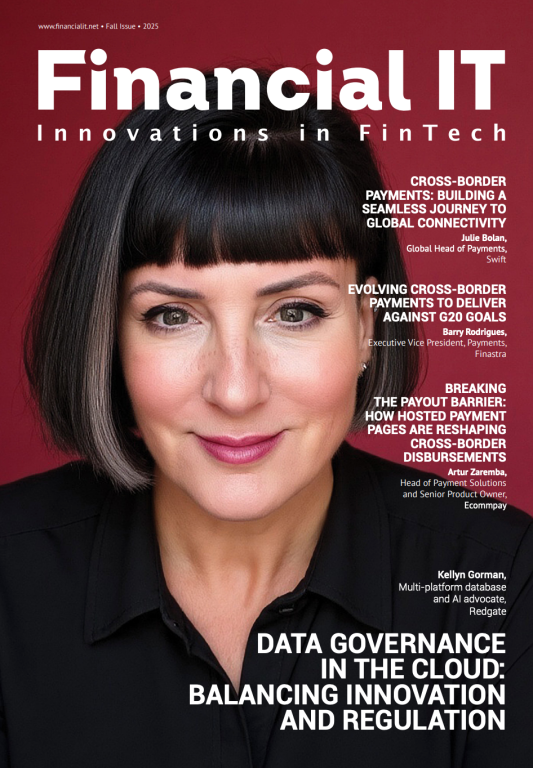Real-Time Payments: The Infrastructure Upgrade Financial Institutions Can’t Ignore

- Nina Papazyan, Director of Product and Banking Relationships at Clear Junction
- 23.07.2025 02:00 pm #RealTimePayments #BankingInfrastructure
Real-time payments (RTPs) are no longer a nice-to-have — they’re quickly becoming essential infrastructure. For financial institutions navigating complex global landscapes, the ability to move money instantly and securely is mission-critical. From liquidity management to customer experience, RTPs are laying the groundwork for a more responsive, transparent, and efficient financial ecosystem.
According to Juniper Research, RTP transaction volumes will exceed 600 billion globally by 2028, up from 252 billion in 2024 – a 138% increase. That scale of growth not only reflects rapid adoption, but also signals a shift in how financial institutions operate. Real-time capabilities go beyond speed; they enable precision, efficiency, and greater control over cash flow, reconciliation, and compliance.
A global shift towards smarter infrastructure
Traditionally, institutions have relied on batch processing and multiple intermediaries for domestic and cross-border transfers. These older systems are often slow, costly, and prone to error. RTPs eliminate settlement delays, reduce reliance on pre-funded accounts, and provide real-time visibility into transaction flows. That transparency is invaluable – it supports faster, better decision-making across treasury, finance, operations, and risk functions.
Latin America is a standout region in the real-time payments space. Brazil’s Pix system, launched by the central bank, now processes more than 150 million transactions daily. The model has boosted financial inclusion, reduced cash dependency, and supported the broader digitalisation of the economy. Countries like Colombia, Chile, and Mexico are following suit, often through collaborative public-private initiatives.
In Southeast Asia, regional RTP corridors are also gaining momentum. The integration between Singapore’s PayNow and Thailand’s PromptPay, as well as India’s UPI connection with the UAE, are early examples of seamless cross-border settlement. These links simplify trade, speed up remittances, and expand access to financial services – benefits that are increasingly being seen as essential.
New standards for compliance and liquidity
RTPs are also reshaping compliance and fraud prevention. Instant settlement demands more advanced transaction screening and monitoring capabilities. Financial institutions investing in AI-powered tools, behavioural analytics, and real-time anomaly detection are better positioned to spot suspicious activity without introducing friction into the payment process.
Alongside RTPs, digital asset rails are emerging as a natural complement. Stablecoins like USDC and USDT offer 24/7 cross-border settlement and programmable features that support diverse treasury and customer use cases. Rather than being viewed as competing systems, many institutions are adopting hybrid models -- using RTPs and stablecoins based on operational need, currency pair, or jurisdiction.
At Clear Junction, we’re focused on building infrastructure that supports this hybrid future. Our platform gives financial institutions access to regulated real-time schemes like SEPA Instant and Faster Payments, as well as secure stablecoin rails.
What’s next for RTPs
The promise of real-time payments lies in their ability to reshape how institutions operate. Leaner treasury processes, improved liquidity forecasting, and enhanced customer service are just the beginning. For financial services leaders, RTPs present a strategic opportunity to modernise architecture and prepare for the next wave of innovation.
As demand grows for instant, transparent, and programmable payment solutions, institutions that move early will be well-positioned to lead. The RTP era has arrived, and it’s defining the future of financial services.



















